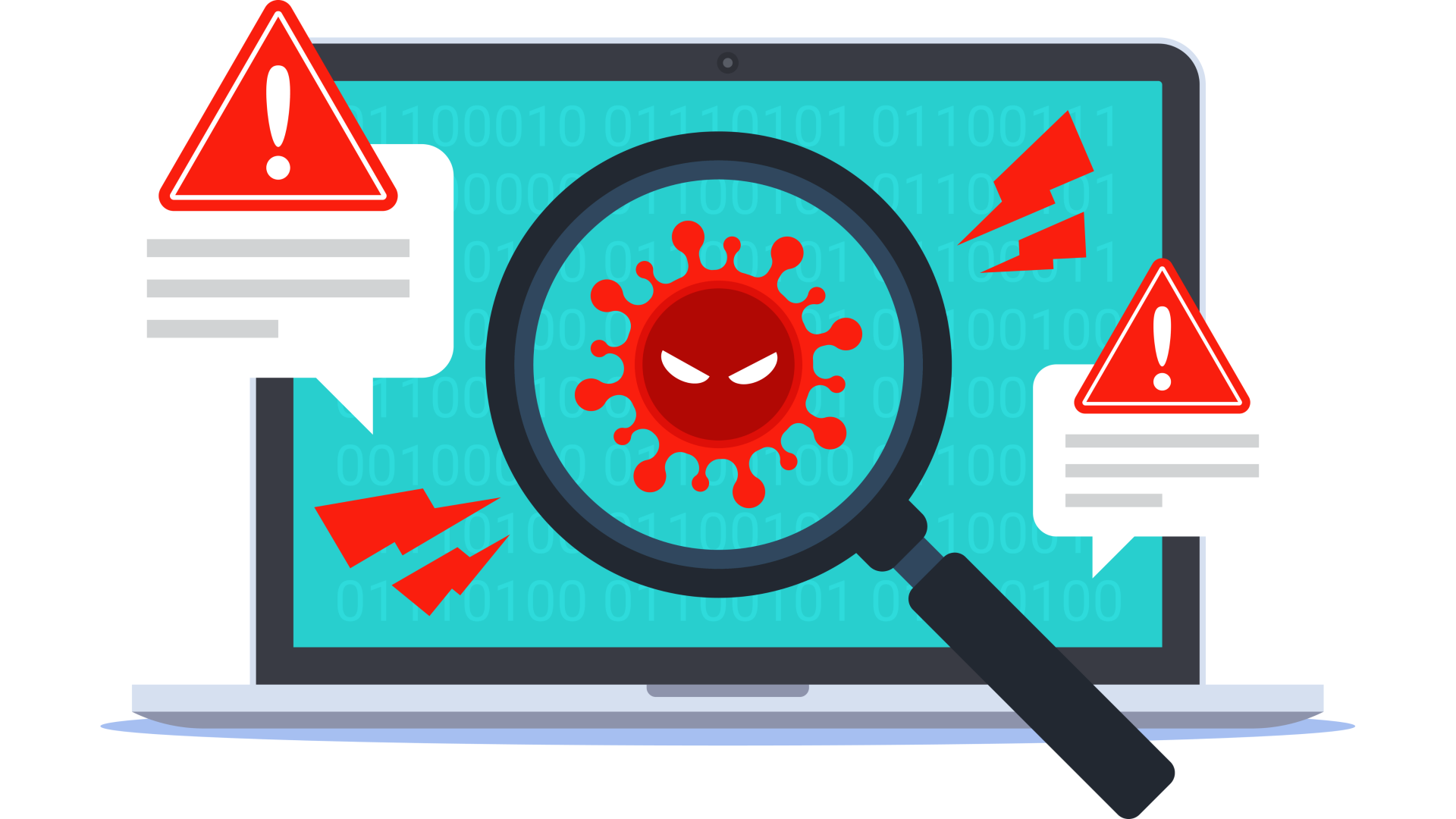Opportunities: How AI is Transforming Cybersecurity

1. Proactive Threat Detection
AI excels in identifying threats before they cause harm. Unlike traditional systems reliant on predefined signatures, AI employs machine learning (ML) to analyse patterns and detect anomalies.
Behavioral Analysis: AI monitors normal user behavior and flags deviations that could indicate compromised credentials or insider threats.
Advanced Malware Detection: AI algorithms can detect polymorphic malware, which alters its signature to evade traditional antivirus software.
Phishing Prevention: By analysing email metadata, language patterns, and URLs, AI identifies phishing attempts with high accuracy.

2. Real-Time Response Automation
AI-powered systems provide the ability to respond to threats in real time, significantly reducing reaction times.
Automated Incident Response: AI tools can isolate infected systems, block unauthorised access, and neutralise threats instantly without human intervention.
AI-Powered Security Operations Centers (SOCs): AI helps security teams prioritise alerts by filtering out false positives and focusing on genuine threats.
Threat Hunting: AI continuously scans networks to identify vulnerabilities and potential attack vectors, even before an incident occurs.

3. Enhanced Vulnerability Management
AI improves vulnerability assessments by identifying weaknesses more effectively than traditional methods.
Predictive Analysis: By analysing historical data and threat intelligence, AI predicts which vulnerabilities are likely to be exploited.
Prioritisation of Risks: AI ranks vulnerabilities based on their potential impact, enabling organisations to address critical issues first.

4. Scalability for Large-Scale Environments
In complex, dynamic environments with thousands of endpoints, AI provides scalability and adaptability.
Cloud Security: AI integrates seamlessly with cloud platforms, offering real-time monitoring and adaptive security policies.
IoT Device Protection: AI secures billions of connected devices by identifying abnormal behavior and implementing protective measures at the edge.

5. Threat Intelligence Integration
AI enables better utilisation of global threat intelligence data.
Pattern Recognition: AI identifies attack trends across industries and geographies, improving overall preparedness.
Collaboration and Sharing: AI-powered platforms allow organisations to share anonymised threat data, contributing to a collective defense strategy.
Challenges: The Double-Edged Sword of AI in Cybersecurity
Balancing Opportunities and Challenges
The Future of AI in Cybersecurity
As AI continues to evolve, its role in cybersecurity will expand further. Emerging technologies such as quantum computing, edge AI, and federated learning will enhance its capabilities. However, organisations must remain vigilant, recognising that AI is not a panacea but a powerful tool that must be wielded responsibly.
By addressing its challenges and leveraging its opportunities, AI can become the cornerstone of a robust cybersecurity strategy, protecting businesses and individuals in an increasingly digital world.


